Here's How A Super Formula Car Compares To A Formula 1 Machine
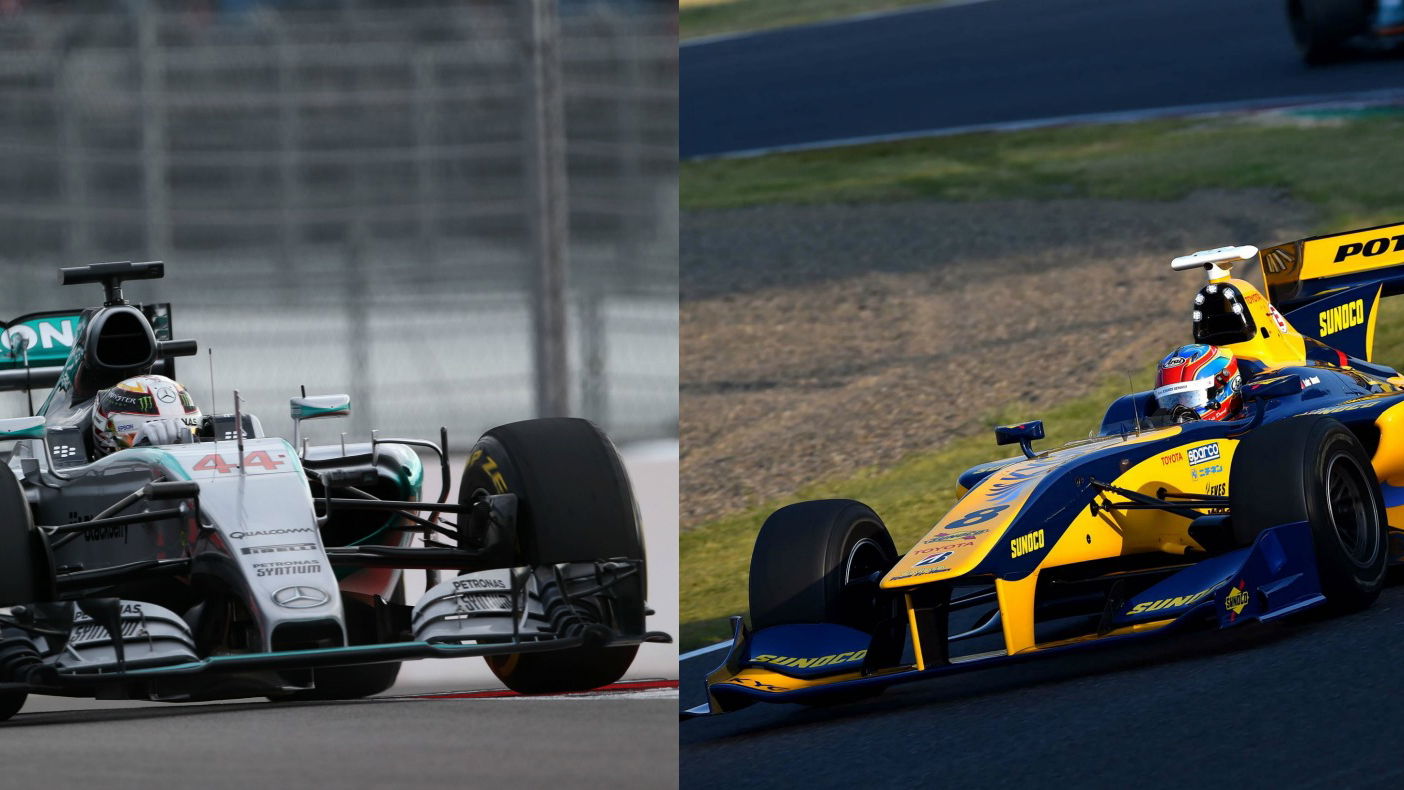
Here are Car Throttle, we like to take a look at how different forms of motorsport compare. From LMP1 vs LMP2 in the FIA WEC to what the differences are between a WRC machine and its road-going counterpart. We’ve already looked at how F1 cars compare to GP2, but there is actually another single seater series that gets closer to it in terms of car performance: Super Formula.
Formula 1
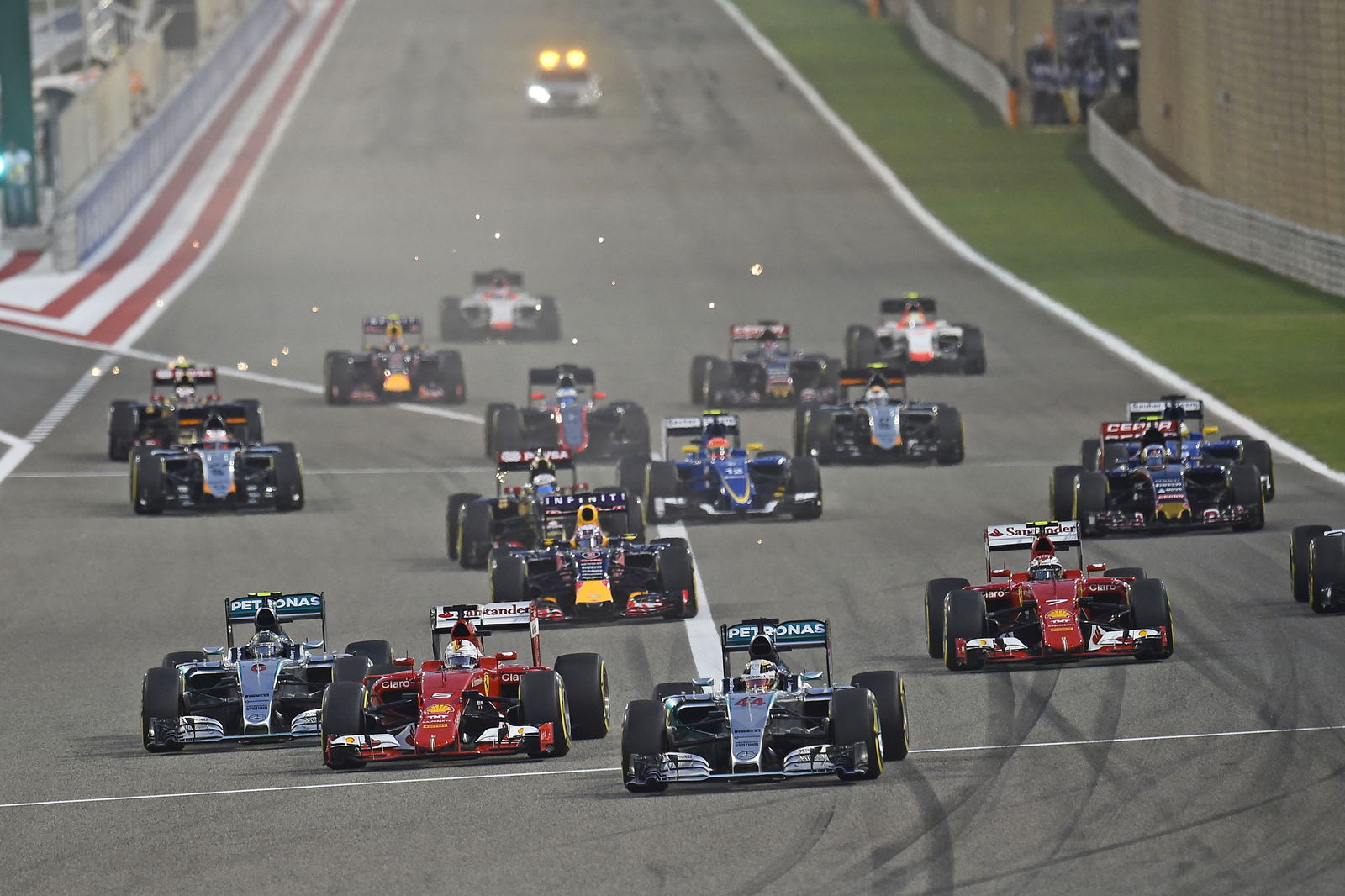
As we all know, F1 cars are all very different. Some may run with the same power units, gearboxes, brake manufacturers and, of course, tyres but the chassis, aerodynamics and many internal parts are all unique to each team.
The sport entered a new era in 2014, with new turbocharged, 1.6-litre V6 direct fuel injection engines revving to 15,000rpm being introduced. But this is now a very small part of the overall F1 power unit, which uses a hybrid system, meaning the cars complete the same race distance using one third less fuel compared to the old V8s.
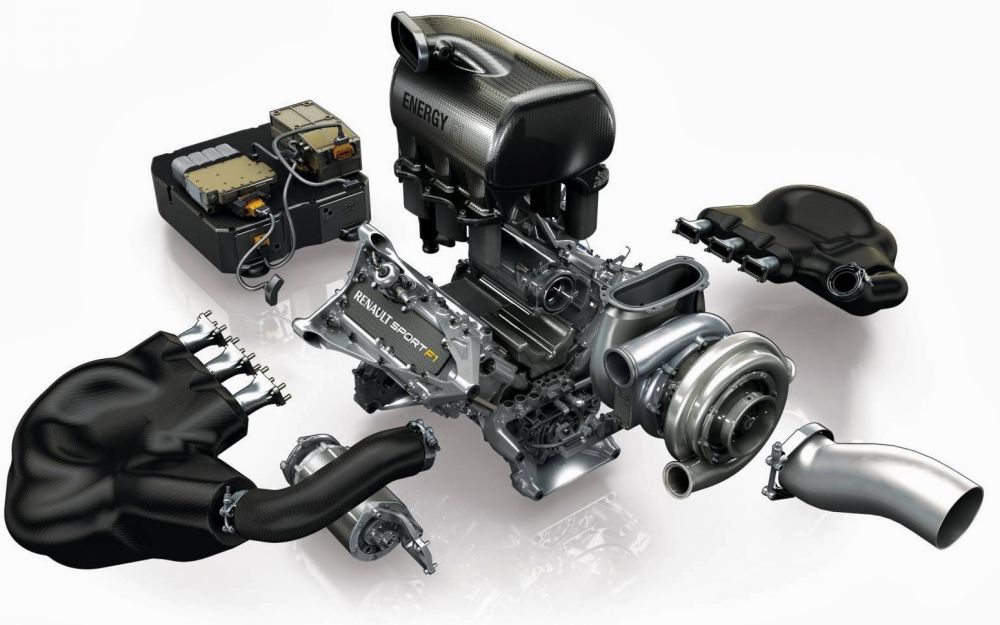
So, what is the power unit made up of? Well, for you F1 newbies, it includes the Internal Combustion Engine (1.6-litre V6), a turbocharger and a complicated Energy Recovery System. This features the MGU-K (kinetic, harvesting energy under braking), MGU-H (heat, harvesting energy from the turbo), control electronics and energy store.
Drivers had four of each element at their disposal over the course of the 2015 season and using more resulted in penalties, which got pretty ridiculous at times – Jenson Button had a 70-place grid penalty at one point. The four power unit suppliers are Mercedes, Ferrari, Renault and Honda. Performance differed between them, with the Mercedes leading the way and Honda struggling for reliability and power.
Aerodynamics must comply with strict height, width and location regulations but within these small parameters, teams are free to do what they want. They are always hunting for as much downforce as possible. Many feel F1 is too reliant on power units right now but aero still remains crucial for good performance.
Gearboxes are sophisticated semi-automatic, seamless shift pieces of kit with eight forward gears (with ratios selected prior to the season) and a reverse, of course. Each gearbox must last six consecutive events, in a bid to bring down extortionate costs. The steering wheels are super complicated and would easily confuse even the smartest F1 fan. The huge variety of buttons, settings, combinations and the big screen packed with information are all a big help to the drivers.
F1 cars run carbonfibre composite brake discs squeezed by a conventional hydraulic calliper. The brakes are now used in F1 to produce kinetic energy for the ERS systems, so any problems can have a knock on effect for speed.

Tyres are supplied by Pirelli, with four slick compounds (this will increase to five in 2016), an intermediate option and a wet weather tyre. In 2015 two dry compounds were nominated per race weekend and drivers had to use both during an event. There will be 22 drivers on this year’s grid, with 11 teams, and there will be 21 rounds (up two drivers, one team and two races compared to 2015). Pit stops are mandatory and DRS is used as an overtaking aid.
In terms of performance stats, top speeds for cars vary. The highest speed registered in 2015 was 223mph (360km/h) by Lewis Hamilton in first practice for the Mexican GP. Cars in 2015 weighed 702kg and the Mercedes W06 was 5000mm long, 1800mm wide and had a height of 950mm.
Super Formula
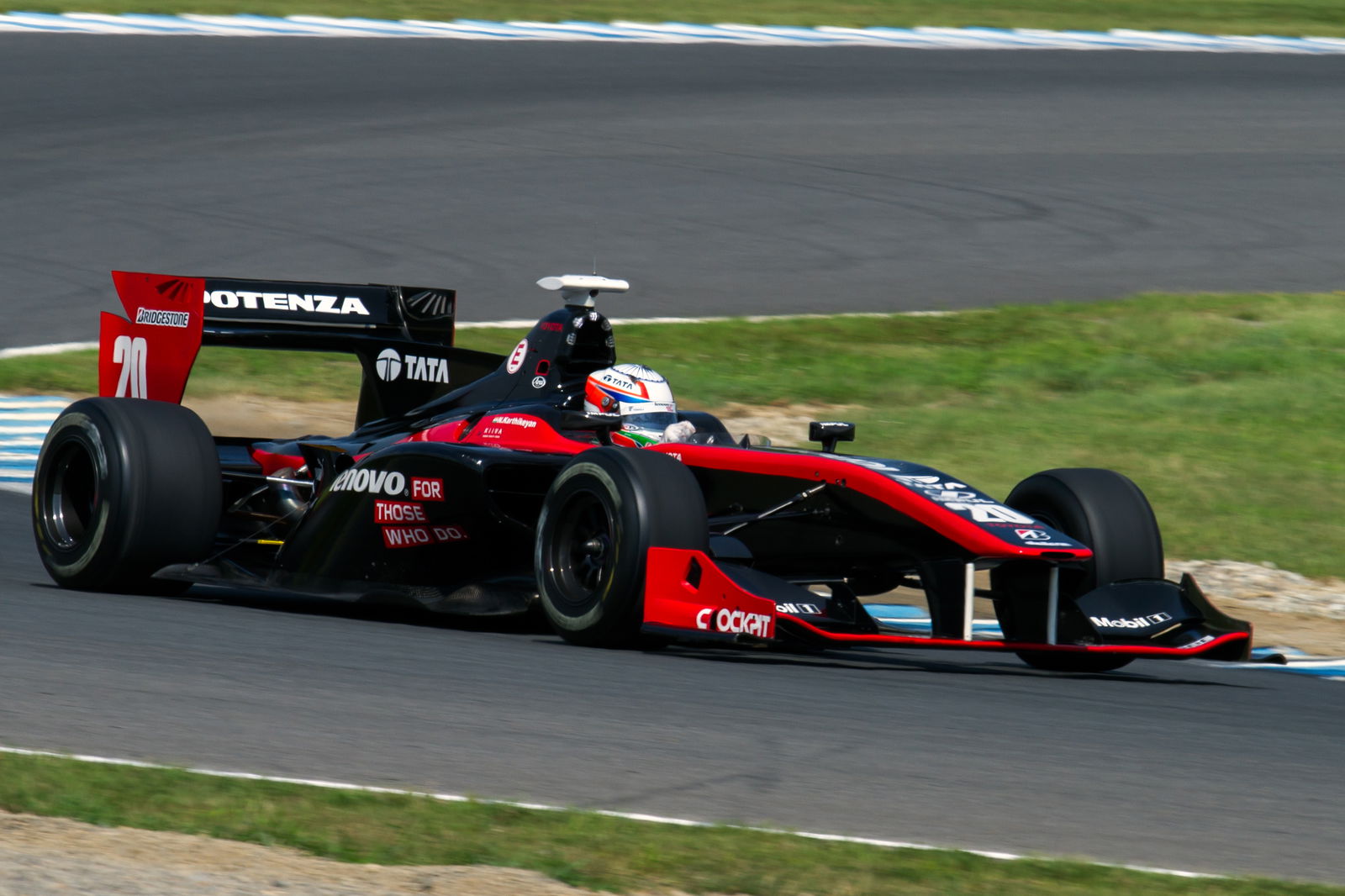
Formerly known as Formula Nippon, Super Formula is Japan’s leading single-seater series. Last year was the championship’s 29th season and second under its new name, with seven rounds and eight races, taking place at the country’s most famous circuits – including Suzuka, Fuji and Twin Ring Motegi.
The grid is typically made up of top Japanese drivers, but some racers from Europe have moved across, partly thanks to few clashes with other international championships like F1 and the FIA WEC. Endurance racer Andre Lotterer and British driver James Rossiter are just two recent examples, while big brands like Honda, Petronas and Lenovo have also been involved in the series.
19 drivers raced at each round in 2015, with 11 teams competing in the championship. The cars are all identical and certainly look brilliant. The chassis, called the SF14, is a sandwich carbon/aluminium honeycomb structure from Dallara and was introduced for the 2014 season.

The SF14 machines are powered by 2.0-litre, direct injection, mid-mounted turbo inline-four engines produced by manufacturers Honda and Toyota. It outputs 542bhp, and includes a fuel flow restrictor plus a new overtaking system dubbed ‘OTS’.
It is Super Formula’s version of DRS, increasing fuel supply temporarily to provide a 5 per cent boost in engine performance. This is available to drivers five times during the race and is active for 20 seconds each time. An LED light system on the roll hoop indicates how many OTS bursts each driver has used up.
The SF14 measures 5268mm in length, 1910mm in width and 960mm in height – so slightly longer, wider and taller than the Mercedes W06. It weighs in at 660kg (including the driver) and runs on Yokohama tyres. The semi-automatic, paddleshift gearbox from Ricardo has six forward gears and reverse, while the series uses Brembo brake callipers and carbon discs.
While it is hard to find stats for just how quick the Super Formula car is in a straight line, it has raced on the same track as Formula 1 – Suzuka. The quickest time of 1min 37.963sec by Naoki Yamamoto in qualifying was well ahead of the fastest Manor car and two seconds off the Saubers. In 2014 Andre Lotterer lapped the track in 1min 36.994sec, which would have put him 19th on the 2014 Japanese Grand Prix grid.
What other comparisons would you like to see? Let us know in the comments!
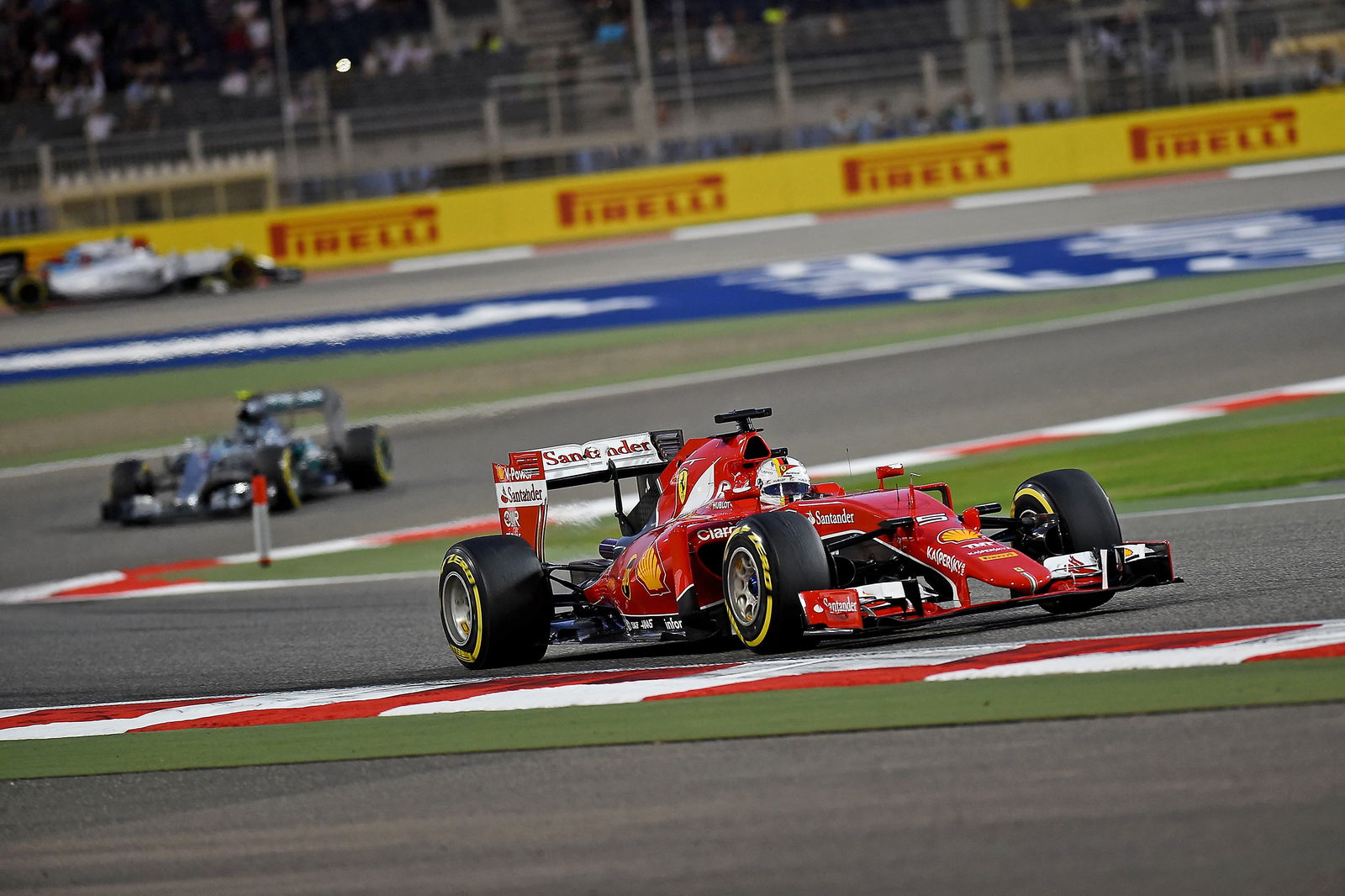


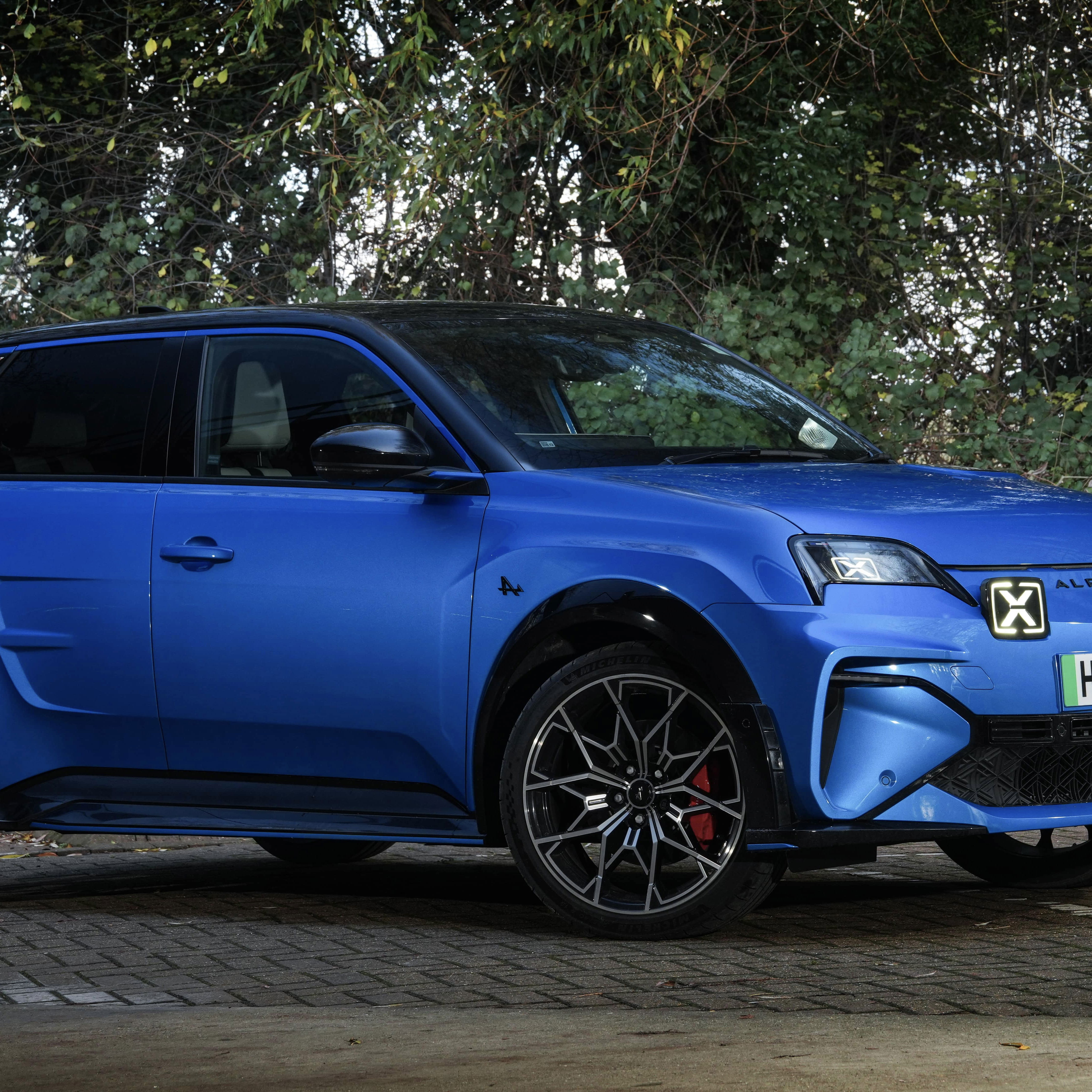








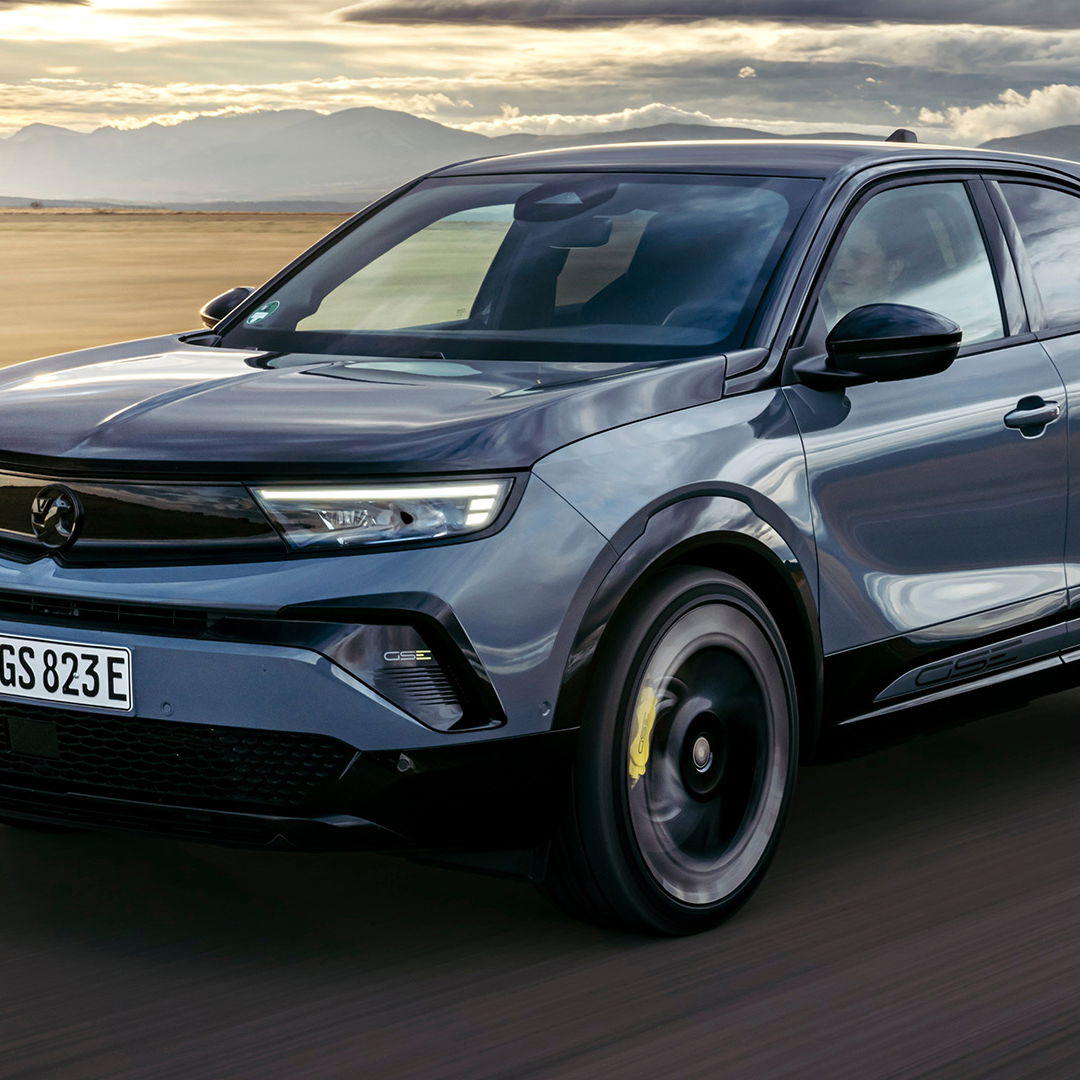
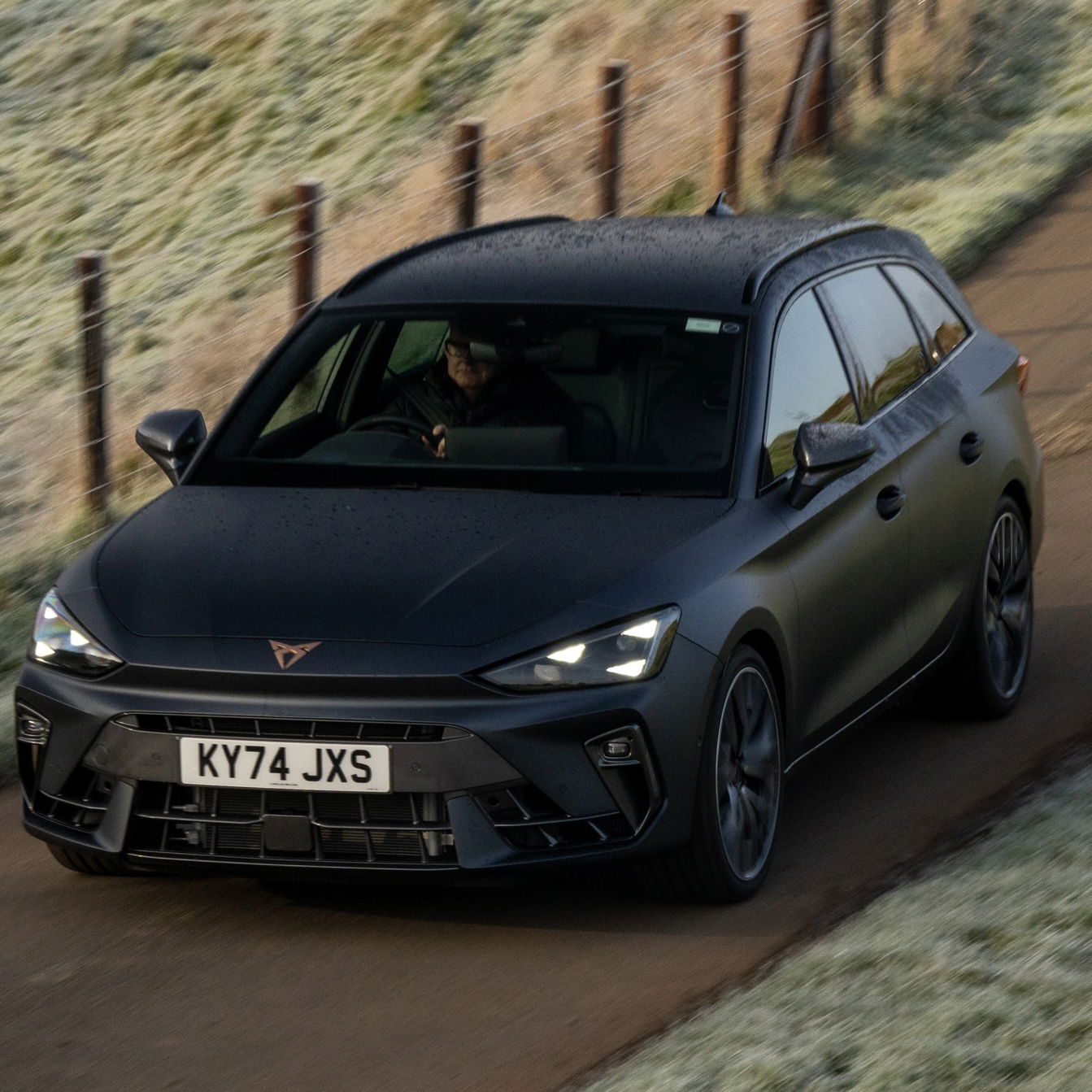
Comments
How about a V8 supercars vs NASCAR comparo? Different cars, I know, but we love them nonetheless…
Kimi in 2005 fastest lap 1:31.540 … started from 17th and won.
So the difference is that the f1 cars have engines that will never be in production vehicles while the super formula car engines can in some form (detuned etc) be used in a street driven vehicle am I right?
Jack, you legend. I absolutely love these articles. Please keep more coming. If I may suggest,
I’ll let you know if I think of more :)
Where are V10 and thousands of horsepowers?
How about moto gp vs. motocross or supercross
Anything vs the wicked outlaw late model Andy Bozell unleashed at Kalamazoo Speedway setting a new world record on a 3/8 mile oval (9.465 @ 142mph)
Thx for this bro
“The brakes are now used in F1 (to produce kinetic energy for the ERS systems), so any problems can have a knock on effect for speed.”
Is this a correct dewcription of how MGU-K harvests energy?
2017 F1 around Suzuka: 1 min 27 s 319
Pagination